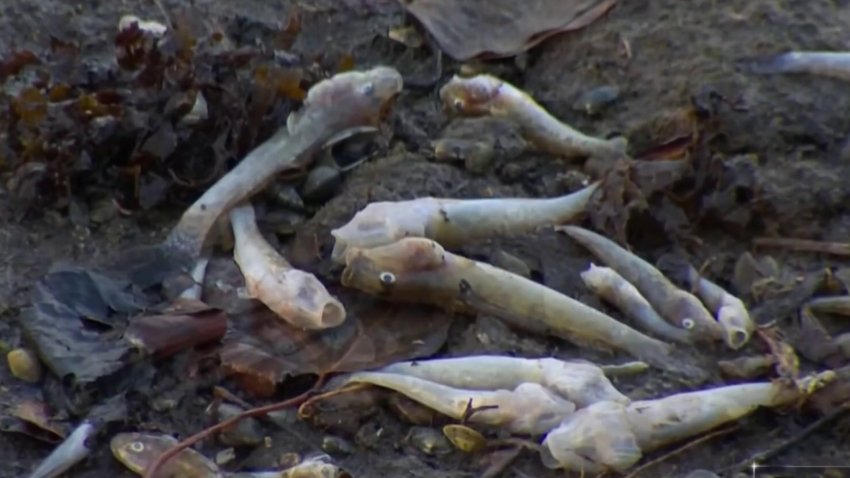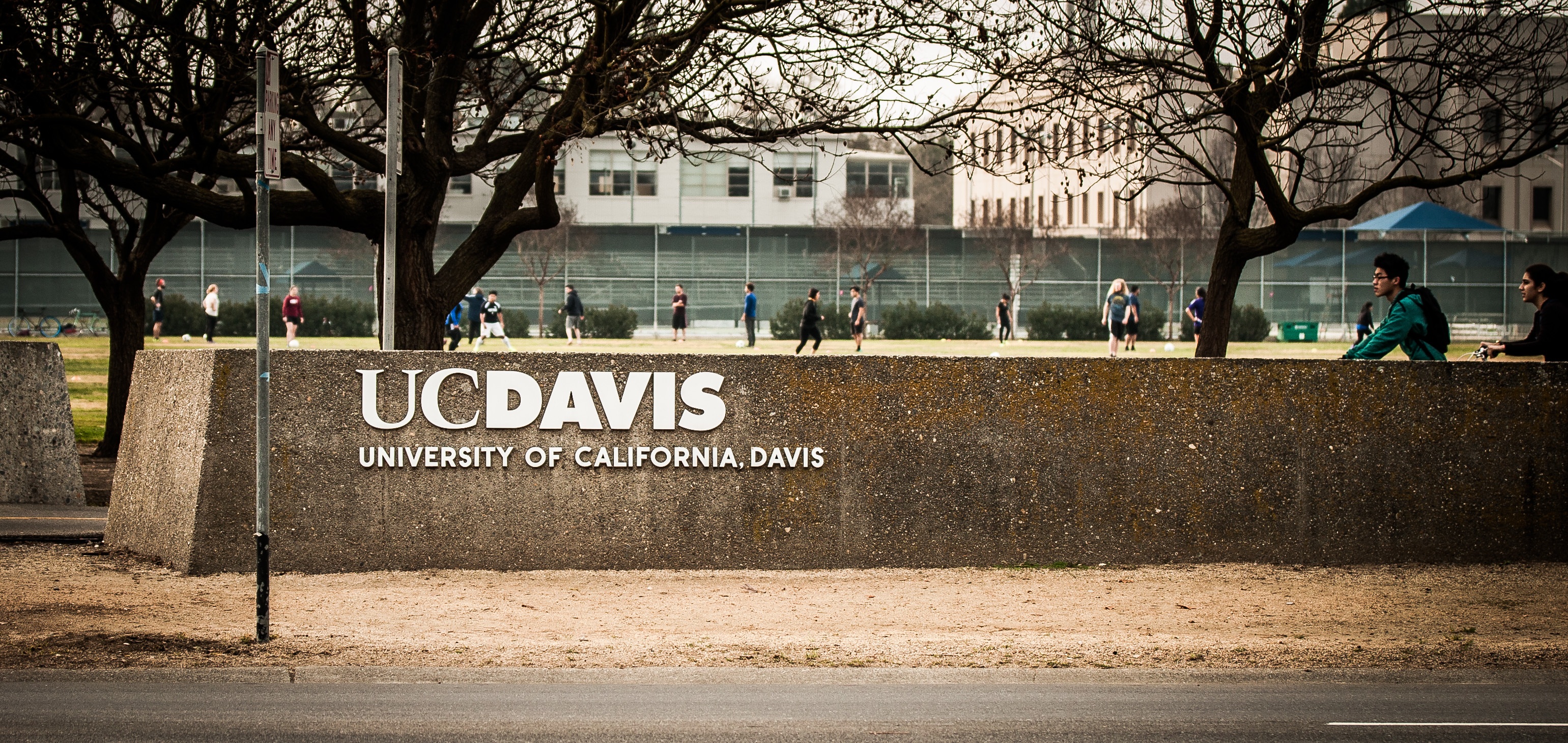Environmental nonprofit San Francisco Baykeeper is reporting that an algae bloom is happening across the San Francisco Bay, something they believe is unprecedented in the history of the bay. Additionally, in the past week Baykeeper said it's received an increasing number of reports of dead fish around the bay that the group suspects the algae bloom is to blame.
Baykeeper reported that hundreds of dead fish were visible Sunday at the Oakland Yacht Club. On Thursday, Baykeper reported dozens of fish in the middle of the bay between Dumbarton and San Mateo bridges.
The fish die-off was also visible at various shorelines, including Oyster Point, Baywinds Park in Foster City, Hayward, Alameda Estuary, Lake Merritt, Keller Beach, Point Molate, and Sausalito. NBC Bay Area crews spotted dead fish washed up in the Alameda Estuary and in Foster City.

The group said it's seeing sharks, sturgeon and striped bass washing ashore, which they called "highly unusual."
"In other words, we have evidence from locations across South, Central, and San Pablo bays," the group said in a statement. "This appears to be a substantial fish kill, most likely related to the unprecedented red tide algal bloom we have been tracking for the past month."
"We also have a report of a dead sturgeon on Stinson Beach," Baykeeper said. "Dead sturgeon washing ashore is really rare. Not sure if this fish died outside the gate or was transported by tides and currents."
Baykeeper's Senior Scientist Jon Rosenfield explained that in July his organization first began getting reports of the red-brown, tea-colored water that is associated with the algae. He said his group and several other organizations were able to confirm that algae bloom in Alameda.
In the coming weeks, Baykeeper has continued to receive reports from around the San Francisco Bay of similar conditions.
Get a weekly recap of the latest San Francisco Bay Area housing news. Sign up for NBC Bay Area’s Housing Deconstructed newsletter.
"So this has become an unprecedented bloom that is covering most of San Francisco Bay proper,” Rosenfield emphasized.
He explained that this bloom is unprecedented because, until now, the San Francisco has avoided the type of algae blooms that have been seen in nearby bodies of water. He said that scientists have theorized the ocean tides helped to prevent these type of algae blooms in the bay.

"Over the past few days, the number of dead fish and the locations of dead fish have grown exponentially,” Rosenfield noted.
But why is this happening?
The team at Baykeeper believes that treated wastewater that is dumped into the bay contains certain nutrients like nitrogen and phosphorous that are helping the algae to grow.
"This is not a malfunction, this is the way our system works, and this is why for decades, scientists and advocacy organizations have been telling the [San Francisco Bay] Regional Water Quality Control Board that we need to set more stringent limits on what these waste waster treatment plants can emit," Rosenfield said.
"That’s why it’s very urgent that we get this nutrient enrichment from waste water treatment plants under control as soon as possible,” Rosenfield said.
He believes this bloom will fade as the year goes on and the seasons change.
But for the time being, as the water is still discolored, Rosenfield said, "we’re advising avoiding prolonged contact with it, for people and pets.”
Baykeeper also noted that there have been reports recently of tens of thousands of fish at Lake Merritt in Oakland. They believe the dead fish in that lake are likely related to the same kind of algae bloom that is going on in the bay.
Photos: Environmental Group Reports Large Numbers of Fish Dying Across San Francisco Bay
Bay City News contributed to the report.








